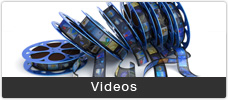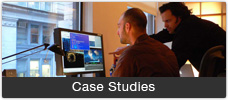Case Studies
The Two Sides of Timm Allrich | EIZO
Some may know Timm Allrich as a nature photographer and university teacher – perhaps they have attended his course at Germany’s Fotoschule Zingst photography school. Others may know him as a radiology specialist based at a hospital in Schwerin, Germany. Different as his fields of expertise may be, they have one big thing in common: EIZO monitors play a key role in his related work. ColorEdge monitors lie at the core of his ‘digital darkroom’ and ensure that he can precisely process the images he creates for his photographic projects. Meanwhile, when he runs diagnostics on X-rays and CT and MRI scans, RadiForce monitors ensure that even the smallest changes in patient’s bodies don’t go undetected.

We met with Timm Allrich and spoke with him about his work and his monitors.
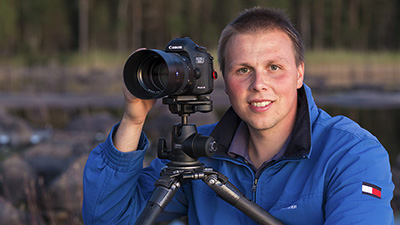 EIZO: Photography and radiology – how do you balance your commitment to both fields of expertise?
EIZO: Photography and radiology – how do you balance your commitment to both fields of expertise?
Timm Allrich: It’s not all that difficult. After all, both fields involve working with images. Photography is a great way for me to relax after a stressful day in the clinic.
EIZO: But photography is more than just a hobby for you, right?
Timm Allrich: Yes, I’m a professional photographer. I travel a lot, both within and outside of Germany, for my work. I’m lucky that I already live in the Mecklenburg-Vorpommern region, though, which is a real goldmine for landscape photography. This region contains three national parks, which offer endless photographic opportunities. There are also workshops and lectures on top of that.

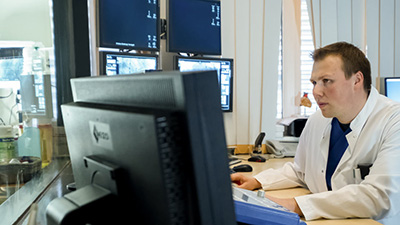 EIZO: How did you first get started with all of this?
EIZO: How did you first get started with all of this?
Timm Allrich: Back when I was studying medicine at university, landscape photography was a helpful way for me to unwind alongside my studies. Then I won a prestigious photography competition. Part of the prize involved taking part in a workshop in Zingst. I’ve been working as a teacher at the Fotoschule Zingst photography school since 2011.
EIZO: Your wife is also a doctor, and you have two young children. How do you manage to balance all of your responsibilities?
Timm Allrich: Firstly, I don’t get a lot of sleep, and secondly, I rely on the patience and support of my family and my employer. Without their teamwork, it wouldn’t be possible for me to do it all. Moreover, I plan my photography trips very precisely, and only travel when the conditions are very promising. The fact that I work as a hospital doctor in shifts is also advantageous in that regard. That means that I’m free at times in which other people are still working in their offices.

EIZO: When it comes to your work, what are the most important features of a monitor?
Timm Allrich: Diagnostic monitors and graphics monitors have a lot in common: Absolutely precise display of the image file is crucial. Although photography ‘only’ involves avoiding differences between the file, monitor display and ultimate printout, in the medical field, differences can quickly become a matter of life or death. In the field of imaging diagnostics, it is unbelievably important not to oversee anything and, for example, to recognize malignant changes at an early stage. For example, in the field of mammography diagnostics, we need to use extremely high-resolution monitors so that even the smallest changes in breast tissue don’t go undetected. At the same time, we need to make sure to avoid false alarms: Introducing the suspicion that something unusual has been detected always places an enormous emotional strain on patients.
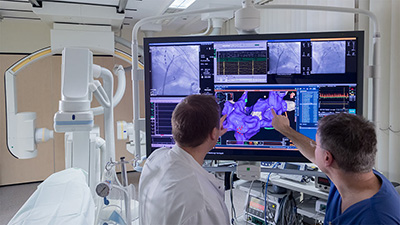
Generally speaking, though, the monitors I use for both kinds of work, nature photography and radiology, have a great deal in common. Both kinds of monitors need to be able to accurately depict shadow and light, the gradation curves need to be extremely even and both kinds of monitors need to be able to be calibrated without losses. That’s why many RadiForce monitors include built-in calibration sensors, just like my ColorEdge CG2730. Calibration in hospital environments is, of course, much more strictly monitored, and needs to be reviewed before the start of each working day.
EIZO: Your hospital doesn’t just use EIZO diagnostic monitors, correct?
Timm Allrich: That’s right, our operating theatres are also equipped with EIZO monitors. These are used, for example, to merge various information and optical sources and display these in a compact, bundled way. Of course, medical monitors are subjected to very specific requirements – for example, as far as fail-safe security or hygienic specifications such as disinfectability are concerned. This greatly differentiates these monitors from ones used in private contexts.
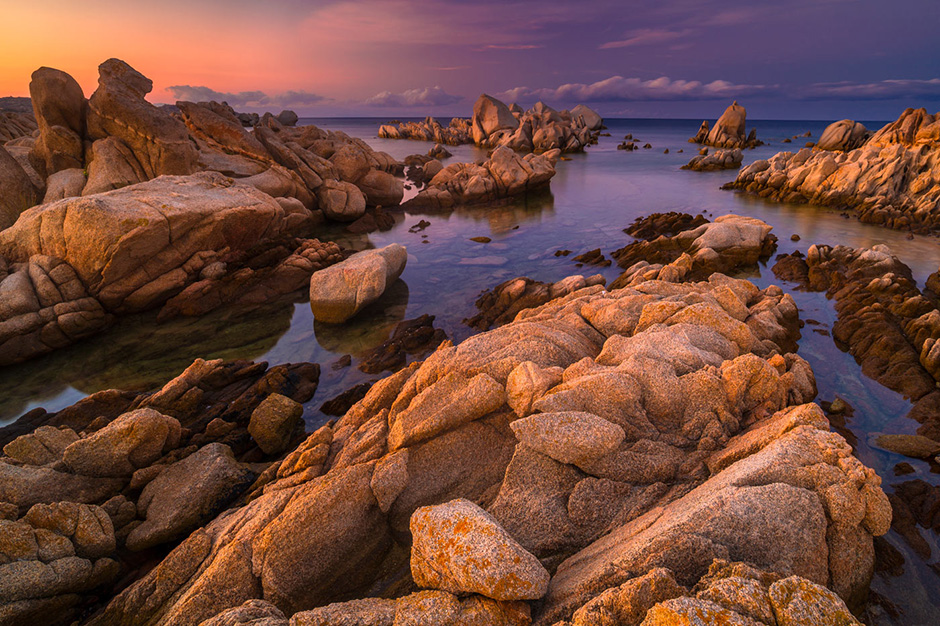
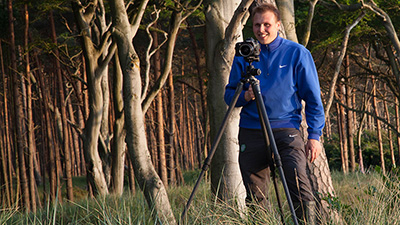 EIZO: To wrap things up, what are your plans for the year?
EIZO: To wrap things up, what are your plans for the year?
Timm Allrich: For me, this year started with a trip to Iceland to carry out several photography projects. At the end of March, I presented a lecture about the Mecklenburg-Vorpommern national parks at the Norddeutsche Naturfototage (North German Nature Photography Days) held in Waren (Müritz), Germany.
Over the course of the year, I’ll take part in various workshops in the national parks. These are supported by the German Federal State of Mecklenburg-Vorpommern, since they’re carried out in cooperation with the competence network of the nature experience centres and national parks in this state. Through these events, we aim to share photographic discoveries and, above all, knowledge and awareness of the sensitivity and beauty of the natural world around us.
Moreover, I’m also working on two larger-scale projects, in part with other photographers from the region, that also revolve around our national parks. These projects aren’t slated for completion until the end of next year, though.
EIZO: Thank you very much for providing us with this exciting insight into your work.

